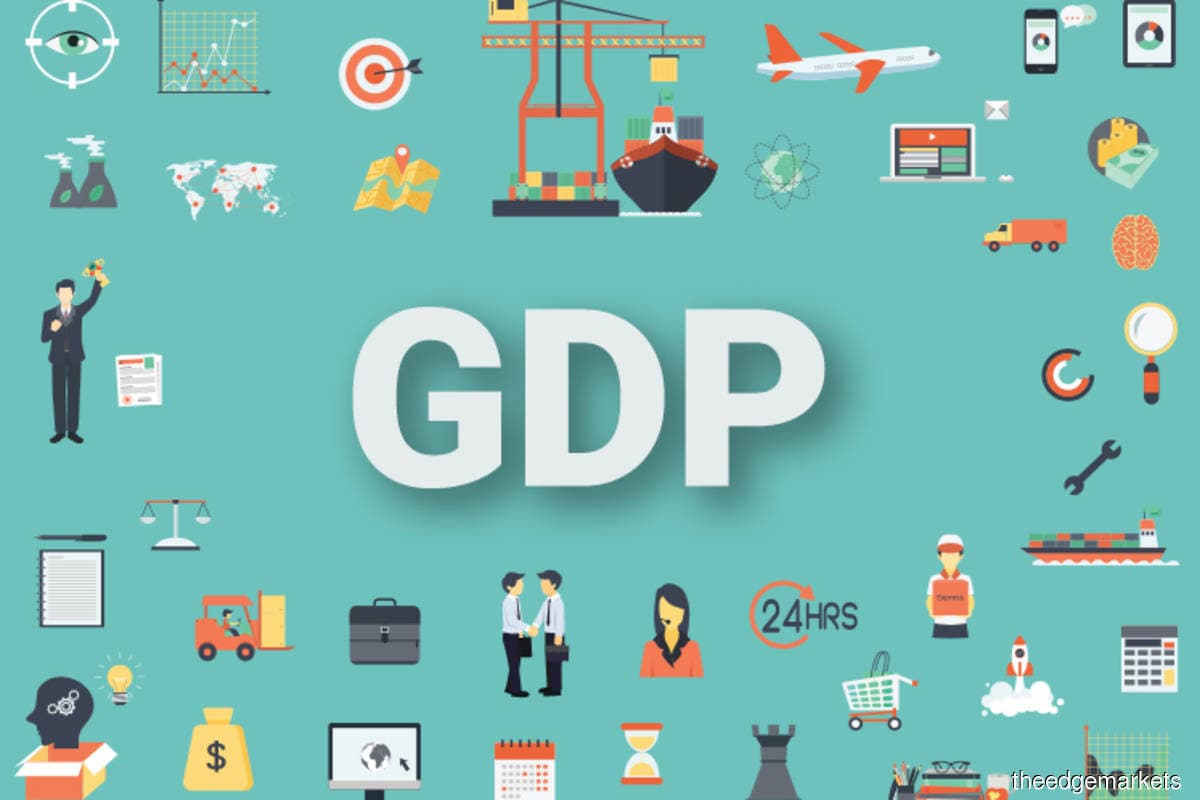
KUALA LUMPUR (June 20): Moody’s Analytics said the volatility in global commodity markets and an increasingly risk-averse trading environment are likely to sustain inflation well above comfort levels through this year.
In an analysis titled “Global Outlook: The Big Challenge” on Monday (June 20), Moody’s Analytics economist Shahana Mukherjee said the months ahead will see central banks continue to withdraw extraordinary pandemic-driven stimulus and tighten rates aggressively.
Mukherjee said the global economy faces shifting headwinds with the outlook darkened since Russia’s invasion of Ukraine.
She said the growth momentum has been disrupted, following the unprecedented fiscal stimulus in the U.S. and China’s resilient, trade-led growth that pushed the world economy as a whole toward peak growth late last year.
“The steep climb in global oil and other commodity prices since the start of the Ukraine invasion fuelled inflation into the second quarter, weighing on global expansion.
“At the same time, stringent lockdowns imposed by China in response to the Omicron outbreak gave rise to new supply disruptions, aggravating shortages in key industries and hurting regional trade flows,” she said.
Mukherjee said highlighted that trade restrictions reinforce price challenges.
She said the tense geopolitical environment due to the invasion still may limit the global availability of palladium, nickel, and other inputs critical for production of semiconductors.
She said this could reignite global supply challenges that were expected to ease this year in that critical and deeply integrated industry.
“Also, uncertainty due to the invasion has caused some emerging markets to assume a more conservative view of domestic food and energy security, prompting export bans or restrictions on wheat, palm oil, sugar and other commodities.
“These developments have increased the possibility of supply-side price pressures becoming more broad-based and entrenched globally.
Downside risks still dominate
Mukherjee said the negative supply shock from Russian’s invasion of Ukraine remains the key downside risk to global growth this year with the flow-on effects from elevated commodity prices to hurt real spending, capex and sentiment.
She said the spread of future COVID-19 variants remains a risk that could further undermine confidence but is not expected to derail recovery momentum.
“China’s property market weakness could expose the country and Asia’s corporate bond market to an extended period of volatility and higher risk premiums.
“Pandemic and invasion-related supply bottlenecks, the global semiconductor shortage, and related inflation pressures add more uncertainty to the timing and pace of global recovery.
“Global GDP growth is forecast at 2.8% in 2022 and 3.1% in 2023,” she said.